-
O
-
O
-
O
-
O
-
O
-
O
-
O
-
O
|
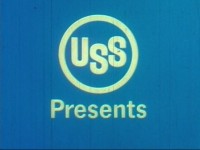 |
-
O
-
O
-
O
-
O
-
O
-
O
-
O
-
O
|
|
|
-
O
-
O
-
O
-
O
-
O
-
O
-
O
-
O
|
 |
-
O
-
O
-
O
-
O
-
O
-
O
-
O
-
O
|
|
|
-
O
-
O
-
O
-
O
-
O
-
O
-
O
-
O
|
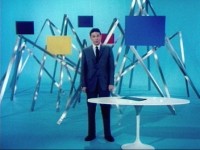 |
-
O
-
O
-
O
-
O
-
O
-
O
-
O
-
O
|
|
| 1939: The New York World's Fair.
1904: The St. Louis Fair. 1899: The Paris International Exposition.
From earliest times Markets and Fairs have been a gathering place
where men came, not only to trade, but to exchange ideas. As
civilization grew, as communications improved between nations,
peoples of the world looked for new ways to display their industrial
and cultural accomplishments. |
|
-
O
-
O
-
O
-
O
-
O
-
O
-
O
-
O
|
 |
-
O
-
O
-
O
-
O
-
O
-
O
-
O
-
O
|
|
| With the coming of the Industrial
Revolution, the Industrial Fair was born. London, 1851. Over
this world of squatting stones and twisting streets arose a strange
and unbelievable structure: The Crystal Palace. It was
built for and became the symbol of the London Exposition of 1851.
The first World's Fair. |
|
-
O
-
O
-
O
-
O
-
O
-
O
-
O
-
O
|
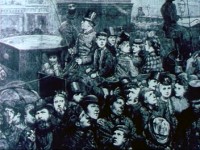 |
-
O
-
O
-
O
-
O
-
O
-
O
-
O
-
O
|
|
| With each succeeding Fair, people
came from greater distances. |
|
-
O
-
O
-
O
-
O
-
O
-
O
-
O
-
O
|
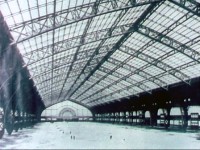 |
-
O
-
O
-
O
-
O
-
O
-
O
-
O
-
O
|
|
| Fair buildings introduced new materials
and daring engineering and architectural concepts; time-keepers
of progress. |
|
-
O
-
O
-
O
-
O
-
O
-
O
-
O
-
O
|
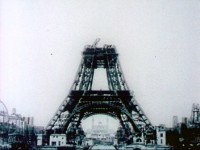 |
-
O
-
O
-
O
-
O
-
O
-
O
-
O
-
O
|
|
| In 1889 there arose over Paris the
theme symbol of the Paris International Exposition, the Eiffel
Tower ... |
|
-
O
-
O
-
O
-
O
-
O
-
O
-
O
-
O
|
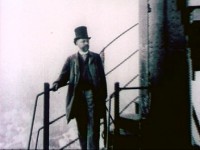 |
-
O
-
O
-
O
-
O
-
O
-
O
-
O
-
O
|
|
| ... designed by the greatest engineer
of his time, Gustave Eiffel. Magician in Iron he was called. |
|
-
O
-
O
-
O
-
O
-
O
-
O
-
O
-
O
|
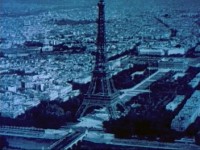 |
-
O
-
O
-
O
-
O
-
O
-
O
-
O
-
O
|
|
| A masterpiece of structural engineering,
it remained a celebrated landmark. A symbol of World's Fairs
everywhere. |
|
-
O
-
O
-
O
-
O
-
O
-
O
-
O
-
O
|
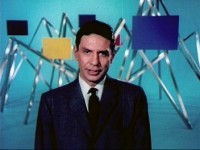 |
-
O
-
O
-
O
-
O
-
O
-
O
-
O
-
O
|
|
| Then one day in March, 1963, notables
of both France and the United States gathered at Flushing Meadows,
New York, for the beginning of construction of UNISPHERE, theme
symbol for a new World's Fair. |
|
-
O
-
O
-
O
-
O
-
O
-
O
-
O
-
O
|
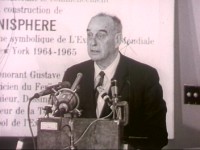 |
-
O
-
O
-
O
-
O
-
O
-
O
-
O
-
O
|
|
|
Robert Moses, President of the
New York World's Fair:
"We looked high and low
for a challenging symbol for the New York World's Fair of 1964
and 1965. It had to be of the Space Age. It had to reflect the
interdependence of men on the planet Earth. And it had to emphasize
their achievements and aspirations.
|
|
-
O
-
O
-
O
-
O
-
O
-
O
-
O
-
O
|
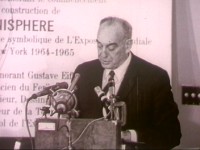 |
-
O
-
O
-
O
-
O
-
O
-
O
-
O
-
O
|
|
| "It had to be the sign ashore
for all visitors, dominating Flushing Meadow, and built to remain
a permanent feature of the Park, reminding succeeding generations
of a pageant of surpassing interest and significance. |
|
-
O
-
O
-
O
-
O
-
O
-
O
-
O
-
O
|
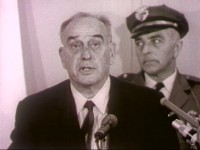 |
-
O
-
O
-
O
-
O
-
O
-
O
-
O
-
O
|
|
| "What stronger, more durable
and more appropriate metal in the record of American constructive
accomplishments could be thought of than stainless steel? And
what builder more imaginative and competent than the United States
Steel Corporation." |
|
-
O
-
O
-
O
-
O
-
O
-
O
-
O
-
O
|
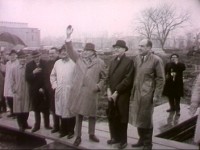 |
-
O
-
O
-
O
-
O
-
O
-
O
-
O
-
O
|
|
| In most uncooperative March weather,
Rene' Lagrain Eiffel, grandson of the creator of the Eiffel Tower,
signaled the start of construction of UNISPHERE. |
|
-
O
-
O
-
O
-
O
-
O
-
O
-
O
-
O
|
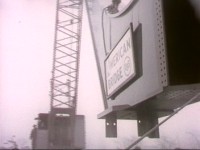 |
-
O
-
O
-
O
-
O
-
O
-
O
-
O
-
O
|
|
| The first member to go in place
... |
|
-
O
-
O
-
O
-
O
-
O
-
O
-
O
-
O
|
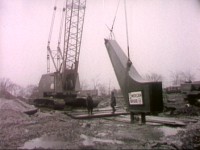 |
-
O
-
O
-
O
-
O
-
O
-
O
-
O
-
O
|
|
|
-
O
-
O
-
O
-
O
-
O
-
O
-
O
-
O
|
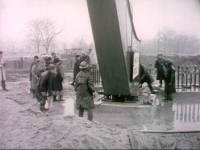
|
-
O
-
O
-
O
-
O
-
O
-
O
-
O
-
O
|
|
| ... was one section of the USS Cor-Ten
Steel pedestal. |
|
|
CONTINUE Film

|